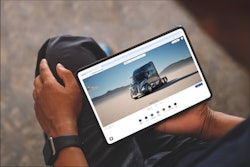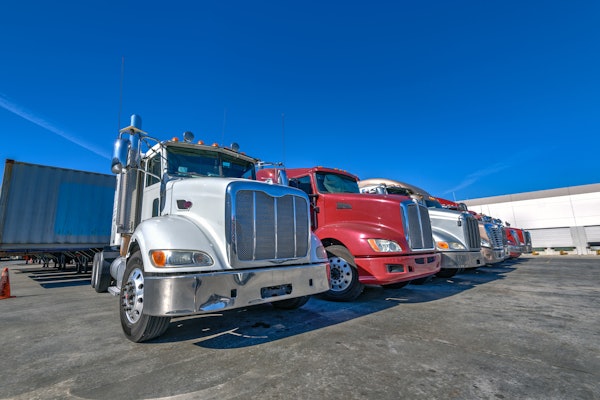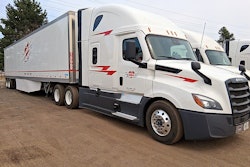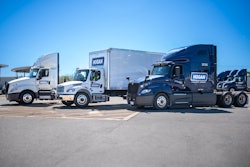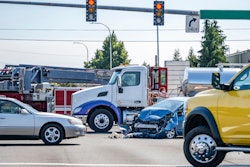Over the past few years, many truckload carriers expanded their regional and dedicated operations for various reasons, including driver recruiting and retention. In addition to addressing turnover issues, this trend also has had consequences for mobile computing.
“The guys that used to use in-cab systems are seeing their business model changing,” says Kevin Moore, manager of business development for Intermec Technologies, a manufacturer of mobile computing systems. “It’s really a blending of what used to be the sole domain of LTL carriers. Truckload is moving toward more regionalized distribution and fulfillment.”
Motorola, which acquired Symbol Technologies in January, also has seen a push by truckload fleets to capture real-time information from the driver.
“We’re now seeing that really start to proliferate broadly within the trucking environment,” says Jerry McNerney, Motorola’s senior director of enterprise mobility for transportation logistics. “There is more effort with that in some of the long-haul activities.”
A few years ago, a truckload carrier likely bought an in-cab system to satisfy its principal need: monitoring and communicating with the driver. Today, that same carrier may be picking up products and tracking their delivery down to the stock-keeping unit (SKU) level.
Consider a flatbed carrier that offers dedicated contract carriage of building materials from Home Depot or Lowe’s to jobsites. The fleet may use an in-cab onboard computing and communications system for most of its trucks, but the customer may have more stringent information needs than is capable with the fleet’s existing system.
For example, the customer may want to track inventory, such as floor joists, in and out of trailers down to the SKU level. And when delivering to a new construction project, the customer may want the exact time and location of the delivery at an unmarked street address. They also may want to capture a signature, or an image of any damaged freight, on the spot.
“Fleets are rethinking that need for the device to be tethered to the vehicle,” Moore says.
Rugged mobile computers feature cellular and 802.11 wireless networking, barcode scanning, embedded Global Positioning System (GPS), high-resolution digital imaging, keypad and touchscreen functionality. These features enable fleets to capture business activity outside of the vehicle to a very granular level.
For transportation, Intermec’s most popular mobile computing platform is the CN3, Moore says; fully loaded, the device costs about $2,200 and has about five to seven years of life expectancy.
Motorola has a variety of options, McNerney says – from the MC35 enterprise digital assistant and smart phone in the $500 range, to its high-end rugged MC9000 product line in the $3,000 range.
Fleets use handhelds to manage drivers better
Handhelds also give fleet owners the ability to manage driver activities outside the truck. For example, carriers have long known that drivers often avoid their required pre-trip inspections. So Zonar Systems offers an electronic vehicle inspection reporting (EVIR) tool and telematics solution that employs handheld computers, radio frequency identification (RFID), wireless communications, Web-based software applications and GPS technology.
Industrial and specialty gas supplier Airgas uses Zonar’s EVIR in its Northern California Nevada (NCN) region to guide drivers through the inspection process in a series of interactive steps. As drivers walk around the truck, they touch a Zonar handheld device to RFID tags placed at specific locations on the truck; the device displays prompts that tell drivers what they should be checking. To complete each inspection, the handheld gives drivers a choice – green for OK, or red for a defect. If the driver indicates a defect, the handheld unit asks for details, including whether the vehicle is safe to operate.
“The quicker we can find these defects, the sooner the problems can be addressed and the vehicles can get back into service, and the safer they’ll be when they’re out on the road,” says Dale Harris, fleet manager for the NCN region.


